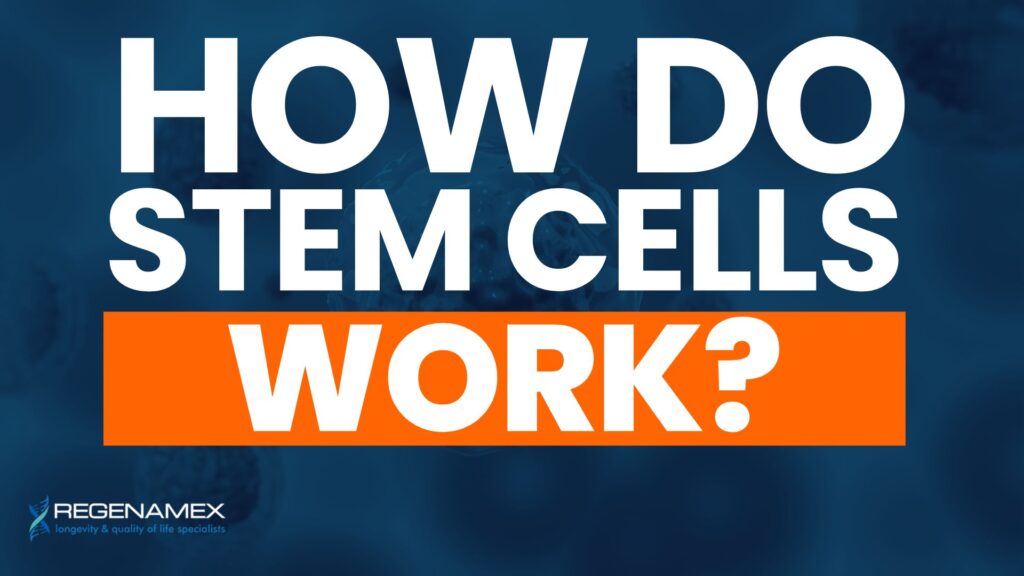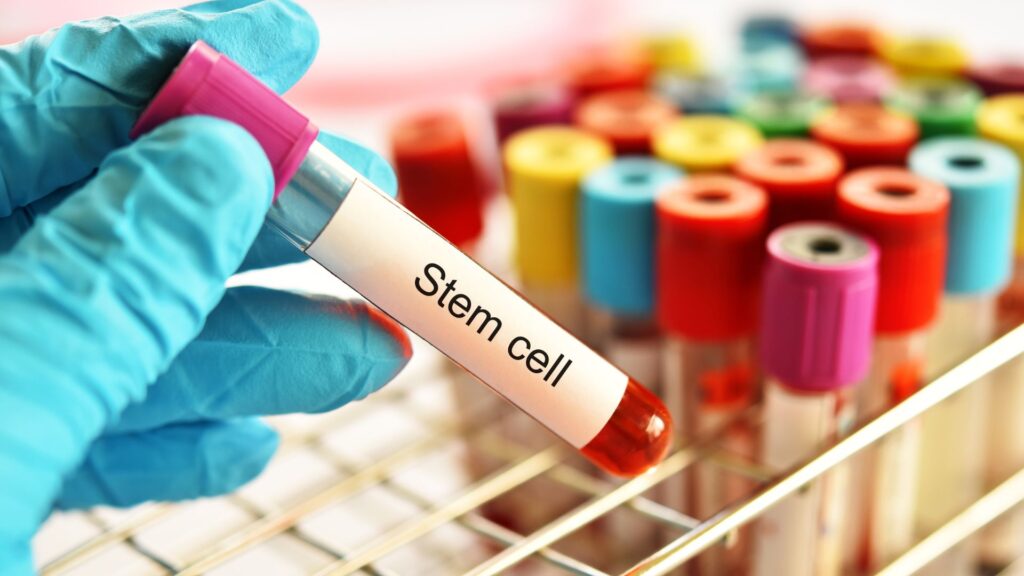
Who Can Benefit from Stem Cell Therapy and Why It Matters
A deeper understanding of how do stem cells work provides insight into who may benefit most from regenerative therapies. Stem cell therapy is an ideal treatment option for individuals who suffer from chronic, inflammatory, or degenerative conditions—especially those who have exhausted traditional approaches like medications, steroid injections, or surgery.
Conditions Often Treated with MSC Therapy:
Osteoarthritis and cartilage loss
Degenerative disc disease and spinal injuries
Autoimmune disorders (e.g., lupus, multiple sclerosis)
Sports injuries and tendon damage
Post-surgical scar tissue and inflammation
Chronic joint pain and immobility
Ideal Candidates Include:
Adults aged 30 to 75 with chronic conditions
Patients who want to avoid or delay surgery
Those seeking non-invasive, drug-free solutions
Individuals experiencing systemic inflammation or immune imbalance
By going beyond symptom relief and targeting the root causes of tissue damage and inflammation, stem cell therapy empowers patients to regain function and avoid more invasive treatments.
What Results Can You Expect from Stem Cell Treatment?

Grasping how do stem cells work can help manage expectations and track progress. Once administered, MSCs don’t just deliver a short-term fix—they create a biological environment that promotes long-lasting repair. Most patients begin noticing mild improvements in pain, energy, or flexibility within the first month. As the regenerative activity increases, those results become more significant.
Timeline of Regeneration:
Weeks 1–4: Reduced inflammation and improved energy
Weeks 4–8: Enhanced joint mobility, decreased stiffness, better function
Months 3–6: Regeneration of cartilage, nerve fibers, or ligaments
Beyond 6 Months: Stabilized healing and lasting improvements in quality of life
Long-Term Benefits:
Decreased reliance on medications
Greater physical endurance and mobility
Fewer symptom flare-ups or relapses
Enhanced recovery after injury or surgery
Because Wharton’s jelly MSCs continue working well beyond the initial treatment, their therapeutic effects often extend for years—especially when supported by healthy lifestyle habits and physical rehabilitation.
Why Wharton’s Jelly MSCs Are the Superior Choice

Part of learning how do stem cells work involves understanding the different sources and their respective benefits. Regenamex exclusively uses mesenchymal stem cells derived from Wharton’s jelly—the soft, gelatinous tissue found within the umbilical cord—because they are the most potent and versatile available.
Key Advantages of Wharton’s Jelly MSCs:
Ethically sourced from full-term births, with no harm to donors
Higher proliferation and regenerative potential than adult-derived stem cells
Free from the cellular aging that affects fat or bone marrow-derived MSCs
No invasive harvesting required, unlike liposuction or bone marrow extraction
Low immunogenicity and reduced risk of rejection or side effects
Compared to adult stem cells harvested from fat or bone marrow, Wharton’s jelly MSCs are younger, more biologically active, and packed with healing growth factors. Regenamex’s commitment to using only these high-quality cells ensures better outcomes with fewer risks.
How Stem Cell Therapy Is Performed at Regenamex
Another key aspect of how do stem cells work is knowing how they are safely and effectively delivered into the body. At Regenamex, each procedure is tailored to the patient’s specific condition, ensuring the most effective route of administration and proper dosage.
Treatment Overview:
Cell Dosage: 1 to 5 million MSCs per kilogram of body weight
Delivery Methods:
Intravenous (IV) infusion for systemic conditions
Localized injection for orthopedic or joint-specific issues
Intrathecal injection for neurological applications (when applicable)
Treatment Timeline: 1 to 3 sessions over 2 to 4 days
Post-treatment recovery includes hydration, guided movement protocols, and lifestyle adjustments to optimize cell activity. Patients are also advised to avoid NSAIDs and other anti-inflammatories that may disrupt stem cell function.
Why Regenamex Is the Leading Choice for Stem Cell Therapy

Patients researching how do stem cells work often end up choosing Regenamex due to its world-class approach to regenerative care. Located in Mexico and fully licensed under national medical regulations, Regenamex is known for safe, effective therapies using the highest-quality mesenchymal stem cells.
Why Patients Trust Regenamex:
Licensed regenerative facility with board-certified physicians
Exclusive use of Wharton’s jelly MSCs—never fat or bone marrow cells
Affordable pricing ranging from $2,500 to $12,000 USD
Comprehensive treatment plans tailored to individual needs
Full concierge support: airport transfers, accommodations, bilingual staff
Learn more on our Stem Cell Therapy Mexico page or reach out via our Contact Form. For more research, see this PubMed article on MSC therapy or review Mayo Clinic’s regenerative medicine page.
Frequently Asked Questions About How Do Stem Cells Work
Following injection, stem cells begin interacting with the surrounding cellular environment. They release a cascade of bioactive substances that reduce chronic inflammation, stimulate the body’s own cells to divide and heal, and may even rebuild damaged structures like cartilage or ligaments. This process is gradual and continues for weeks or months as the regenerative effects take hold.
Stem cells, particularly those derived from Wharton’s jelly, have demonstrated the potential to differentiate into chondrocytes—the specialized cells that form cartilage. They also release factors that support the healing of ligaments, tendons, and connective tissues. This makes them especially useful in orthopedic applications where cartilage loss and joint deterioration are common problems.
The results of stem cell therapy are typically long-lasting, though not always permanent. Many patients experience relief for several months or even years, depending on the condition treated and their overall health. Because the therapy works by enhancing the body’s own repair processes, the benefits often extend beyond the immediate treatment window.
Stem cells are distinct because they possess the remarkable ability to become various types of specialized cells depending on the body’s needs. Unlike skin cells or muscle cells, which have a fixed function, stem cells are undifferentiated and can develop into cartilage, bone, nerve, or muscle tissue. Their ability to replicate and transform makes them essential for repair, regeneration, and maintaining overall tissue health.
When introduced into the body, stem cells are guided by chemical signals released from injured or inflamed tissues. These signals act as beacons, attracting the stem cells to the precise area that needs healing. Once there, the cells release therapeutic molecules such as cytokines and growth factors that promote repair, reduce inflammation, and stimulate regeneration in the affected area.
Adopting an anti-inflammatory lifestyle significantly enhances the results of stem cell therapy. This includes a balanced diet rich in antioxidants, regular low-impact exercise, hydration, stress management, and avoiding smoking or excessive alcohol. Patients are also advised to avoid NSAIDs immediately after treatment, as they may interfere with the regenerative process.

